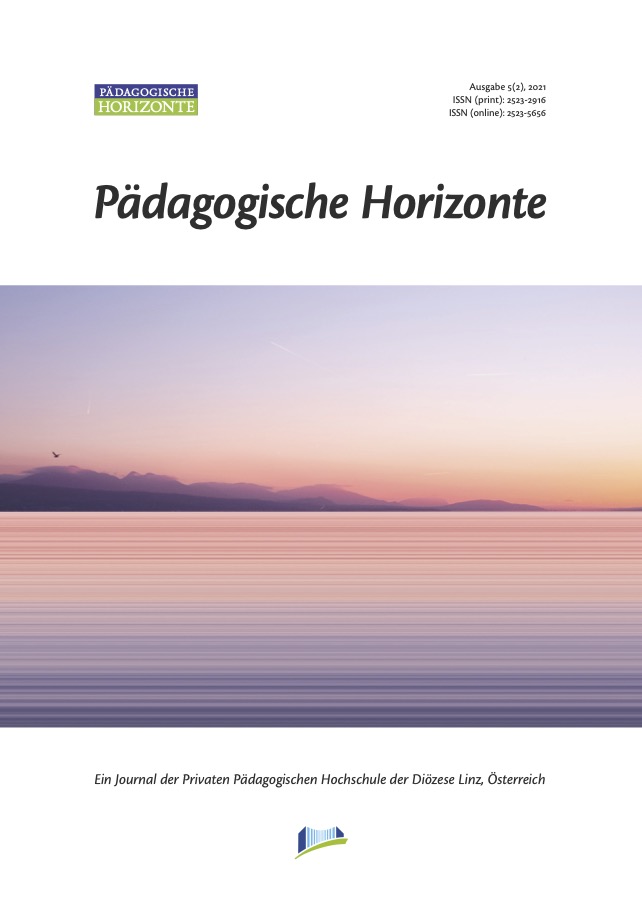Interaction types in distance learning
Experiences and perspectives of Austrian EFL student teachers
Keywords:
online interaction, EFL teacher training, distance teaching, mixed-methods convergent parallel designAbstract
The present paper examined how 107 Austrian EFL student teachers experienced online interaction types in distance learning during the COVID-19 university lockdown in March 2020. Four different online interaction types (learner-self, learner-interface, learner-content, and learner-support) were derived from the pertinent literature and converted into both open and closed online questionnaire items (Ally, 2011; Boling, Hough, Krinsky, Saleem, & Stevens, 2012; Zheng, Lin, & Kwon, 2020). Using a mixed-methods convergent parallel research design, closed items were examined quantitatively, with a focus on response distributions and the homogeneity of the scales representing the four types; a qualitative analysis of the open items complemented the quantitative results and explored response patterns and response categories in more detail. Thus, the interpretations are based on a parallelly converging evaluation of both data types. Triangulation of the results suggests that student teachers regard regular guidance by instructors and a shift from teaching to learning materials including cognitively demanding tasks as crucial for their learning process. Whereas student teachers reported positive experiences with regard to learner-support interaction, peer interaction was reported as deficient. The paper concludes with a discussion of implications for online course development and delivery as well as avenues for future research.



